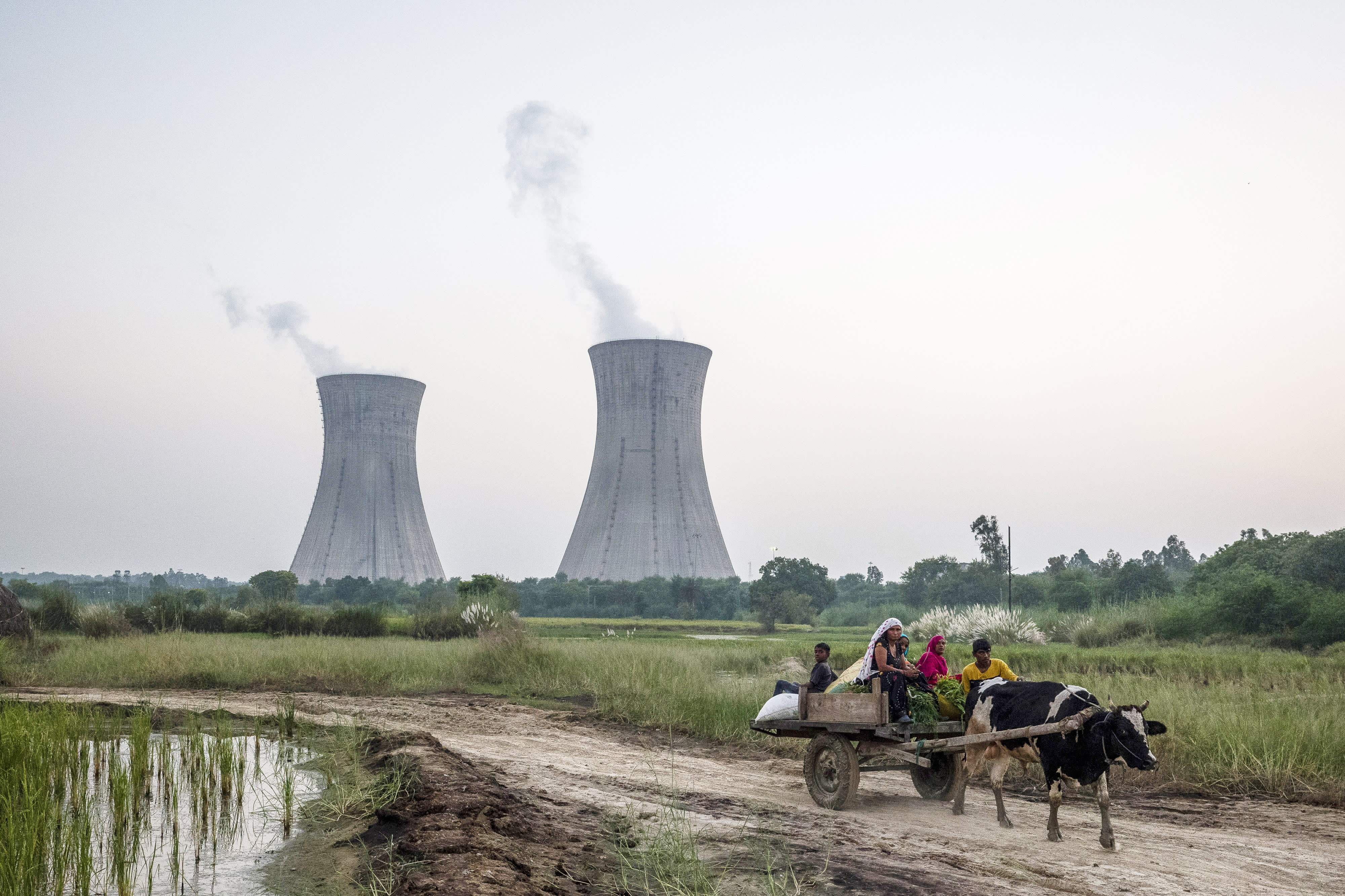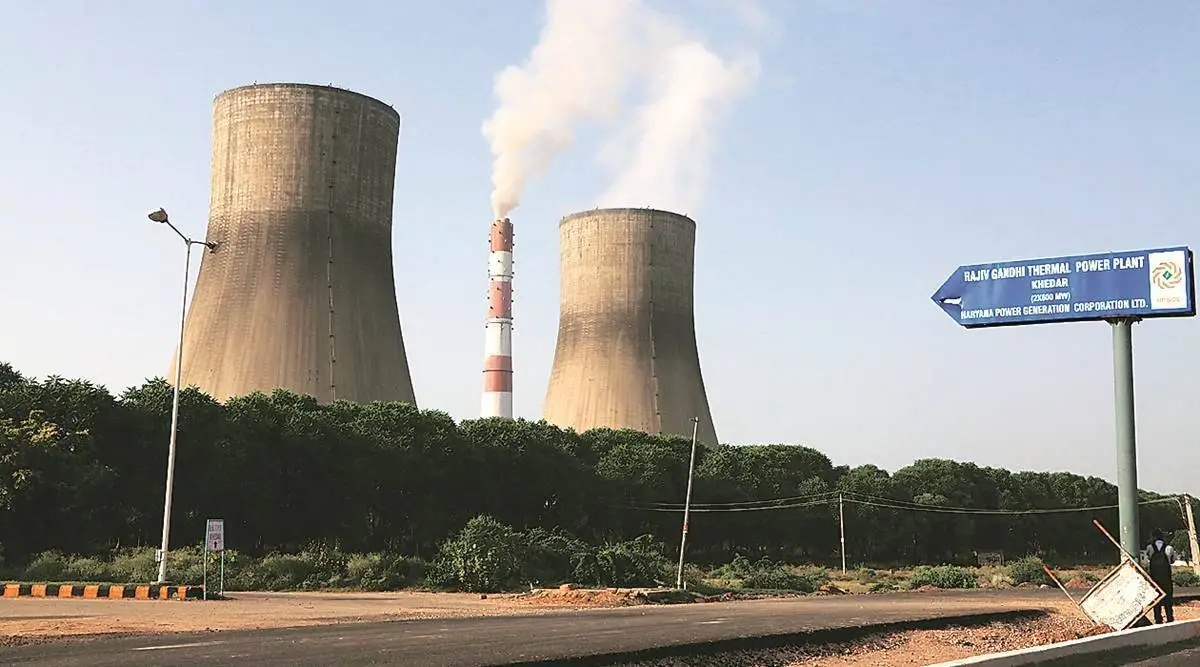India’s Plan for 40% More Thermal Coal Power Generation

India’s Plan for 40% More Thermal Coal Power Generation
India, one of the world’s fastest-growing economies, has long relied on coal as a primary source of energy. Despite global efforts to transition towards cleaner and more sustainable energy sources, India’s energy needs continue to drive its reliance on coal-based thermal power plants.
Recent developments and government plans indicate that the country intends to increase its coal consumption by a significant 40%.

The country is expected to burn 292 million tonne (MT) more coal yearly when these projects are finished, according to power minister RK Singh’s declaration that India will add another 25–30 gigawatts (GW) of thermal power on top of the 49 GW coal-based units that are now under development.
To produce 1,000 megawatts (MW) of electricity at the average plant load factor (PLF) of 65%-75% in India, around 3.5–4 MT of coal must be consumed. With each GW requiring 3.7 MT of coal, the revised plan will result in a 38% rise in overall coal consumption.
In the G20 meetings, a pre-G20 discussion on the just energy transition partnership (JETP) could not find any takers. India did not even continue that conversation since it might not want to address the shutdown of coal power. It therefore only discussed increasing renewable energy.

Several factors contribute to India’s decision to increase its coal consumption for thermal power generation:
- Growing Energy Demand: India’s burgeoning population and expanding industrial sector have led to a constant surge in energy demand. To meet this demand, the country has had to rely on coal due to its affordability and reliability as a consistent energy source.
- Energy Security: Coal has been considered a vital component of India’s energy security strategy. Domestic coal reserves ensure a reliable supply, reducing vulnerability to fluctuations in international energy markets.
- Economic Growth: India’s economic development and industrialization are closely tied to affordable energy. Coal power has been instrumental in driving the nation’s growth by supporting manufacturing and infrastructure development.
- Base Load Power: Coal-based power plants provide a stable base load of electricity that is essential for maintaining grid stability in a country with varying renewable energy generation.

The Indian government’s policies and plans to burn 40% more coal in thermal power generation include:
- Auctioning Coal Blocks: India has recently undertaken auctions of coal blocks to promote private sector participation in coal mining, aiming to increase domestic coal production. This move is expected to reduce import dependence and stabilize coal prices.
- Coal India Limited (CIL): CIL, the state-owned coal mining company, has been directed to enhance its coal production and efficiency. It plays a pivotal role in ensuring a consistent coal supply to power plants.
- Ultra Mega Power Projects (UMPPs): The government is focusing on UMPPs to expand thermal power capacity. These large-scale projects are designed to meet the growing demand and are equipped with state-of-the-art technology for efficiency and reduced emissions.

While India’s plan to burn more coal in thermal power generation has its reasons, it also raises several concerns:
- Environmental Impact: Coal combustion is a major contributor to air pollution and greenhouse gas emissions. Expanding coal-based power generation could exacerbate India’s already severe air quality and climate change issues.
- Public Health: Increased coal consumption is linked to health problems, including respiratory illnesses and premature deaths. It poses a significant public health risk, especially in densely populated areas near coal-fired power plants.
- Climate Change Commitments: India, like other nations, has committed to reducing its carbon emissions under international agreements like the Paris Agreement. Expanding coal usage could hinder progress towards meeting these climate targets.
- Technological Challenges: Despite advancements in clean coal technology, such as supercritical and ultra-supercritical power plants, coal combustion remains inherently polluting. Implementing cleaner technologies comes with high costs and challenges.
- Dependence on Imports: While India seeks to reduce coal imports, its success in increasing domestic production is uncertain. Overdependence on coal imports could expose the country to supply disruptions and price volatility.
India’s plans to burn 40% more coal in thermal power generation reflect the country’s pressing energy needs and economic aspirations.

However, this approach is not without its environmental, public health, and climate-related challenges. Balancing energy security, economic growth, and environmental sustainability will be a complex task for India in the years to come.
The nation must continue exploring cleaner energy alternatives and invest in technology to mitigate the adverse effects of increased coal usage while working towards its climate commitments on a global stage.



